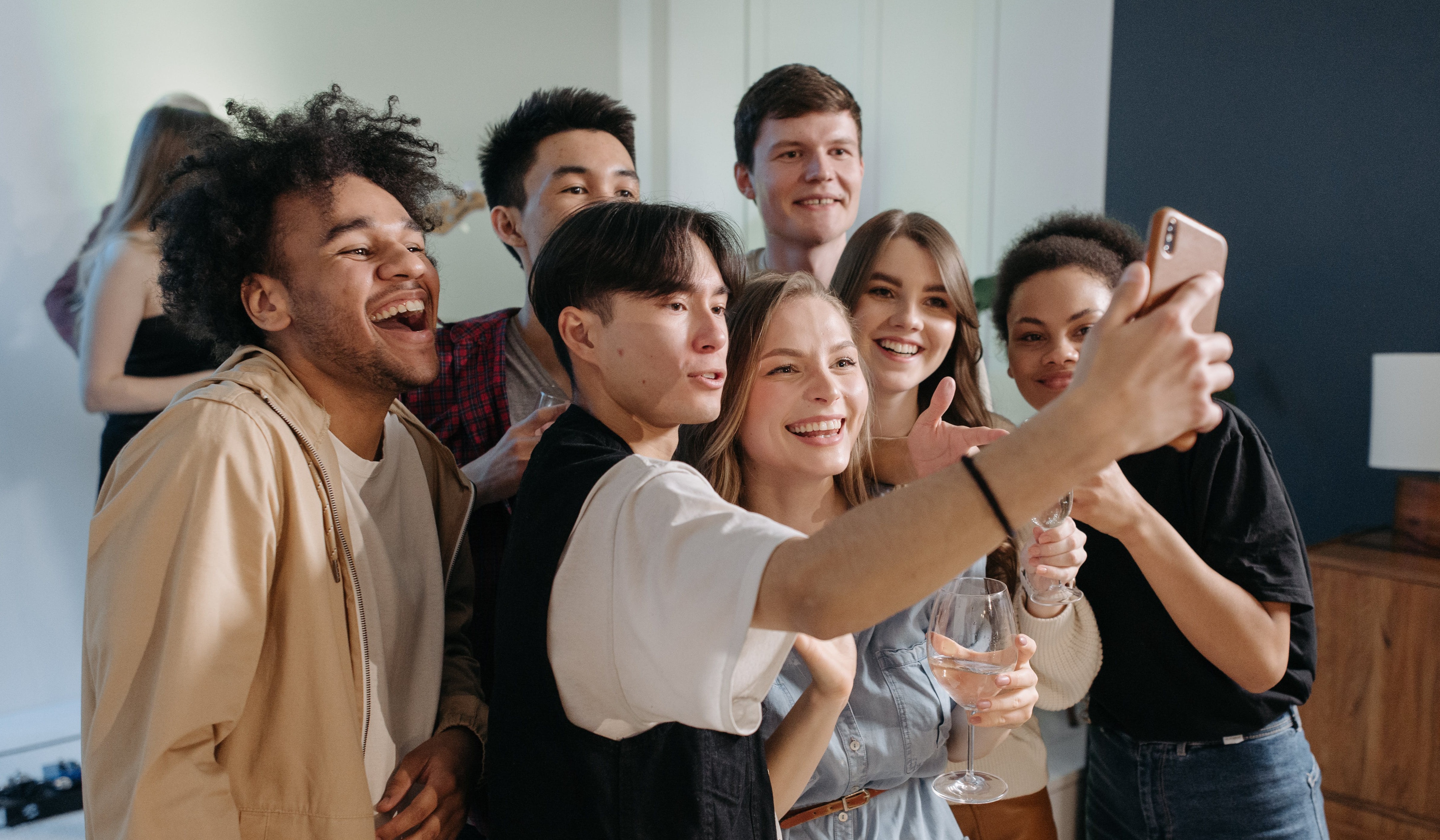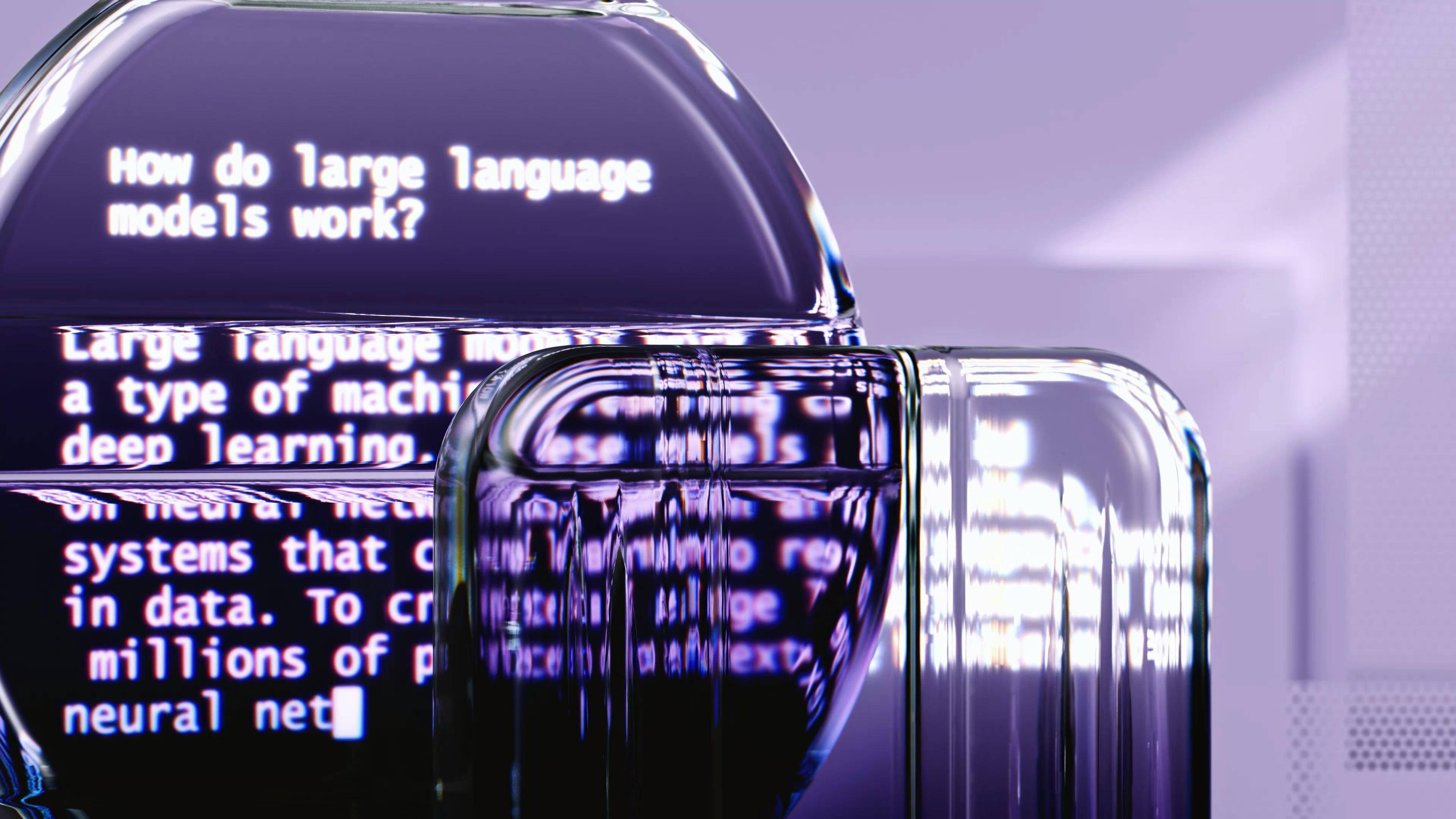From digital twins to hyper-personalised audio, discover how AI is transforming the event industry. Learn about the latest innovations and their ethical implications in this recap of our IMEX 2024 sessions.
The world of artificial intelligence is evolving fast. We see every new development as an opportunity, and think you should too. That’s what we discussed at IMEX 2024, along with plenty of cutting-edge AI technologies that are already changing the way we create, personalise, and deliver experiences. So let's dive into the highlights of our sessions and unpack the potential of these innovations.
Your digital doppelgänger: The rise of AI avatars
Imagine having a digital twin that can interact with your event attendees 24/7, in multiple languages, and with lightning-fast response times. AI avatars can do all that and more, and the tech needed to roll them out in a meaningful way is already here. In 2024, AI-powered avatars are reaching new levels of sophistication, offering hyper-personalised interactions that can transform the attendee experience.
These digital twins can now respond to questions in half a second, plus seamlessly switch between languages to suit the person asking those questions. The possibilities that come along with that capability are endless. Just think, an attendee could register for your event and immediately receive tailored suggestions from your AI avatar, speaking their native language and addressing their specific interests. It's a level of personalisation that was once unthinkable but is now within easy reach.
Ditch your headphones: Holoplot and the future of audio
Sound has huge impact at events of any scale. Holoplot, a groundbreaking technology that allows us to direct sound with the precision of light, is dramatically increasing the impact we can make on whole audiences and individual attendees. By enabling us to deliver audio content to specific areas of a room, right down to beamforming audio to a single seat, the tech is simultaneously taking experiences up a level and providing greater equality for your audiences.
 With Holoplot, you can host multiple presentations in the same space without audio interference. You can share live translations to specific groups without the need for headsets. And you can adapt sound levels or provide audio description to just those who need it. Plus, great news for organisers, the latest iteration of Holoplot is a third of the size of its predecessor and far more cost-effective, making it accessible for a wider range of events. It's already making waves at the Sphere in Las Vegas, and it's poised to change how we think about audio entirely.
With Holoplot, you can host multiple presentations in the same space without audio interference. You can share live translations to specific groups without the need for headsets. And you can adapt sound levels or provide audio description to just those who need it. Plus, great news for organisers, the latest iteration of Holoplot is a third of the size of its predecessor and far more cost-effective, making it accessible for a wider range of events. It's already making waves at the Sphere in Las Vegas, and it's poised to change how we think about audio entirely.
Generative AI: Unleash creativity
Our sessions showcased generative AI in many forms, but one tool that stands out is Sora, a powerful text-to-image AI tool that's pushing the boundaries of visual content creation. Sora can generate highly realistic scenes and characters from simple text prompts, maintaining consistency across multiple images. That means you can create free-flowing animations and films from just a few words. It’s impressive stuff, and it offers event organisers plenty of new ways to visualise concepts and create immersive experiences.
 But Sora is just one piece of the generative AI puzzle. The real magic happens when we combine multiple AI tools to create innovative content. You might, for instance, use a language model like GPT-4 to generate detailed scenarios, feed those into Sora to create visual representations, and then use an AI audio tool to add a fitting soundtrack or narration. By layering these technologies, we can create rich, multi-sensory experiences that were previously incredibly time-consuming to produce. Plus, using multiple tools together helps us overcome their individual limitations.
But Sora is just one piece of the generative AI puzzle. The real magic happens when we combine multiple AI tools to create innovative content. You might, for instance, use a language model like GPT-4 to generate detailed scenarios, feed those into Sora to create visual representations, and then use an AI audio tool to add a fitting soundtrack or narration. By layering these technologies, we can create rich, multi-sensory experiences that were previously incredibly time-consuming to produce. Plus, using multiple tools together helps us overcome their individual limitations.
Hyper-personalisation: Connect in new ways
Gone are the days of generic push notifications and content that’s only tailored to you when it’s on your personal device. The future of event content lies in super personalised experiences that reach into event spaces of all kinds. At IMEX, we talked about how technologies like Zenus can measure audience engagement in real-time. The next step, surely, is on-the-fly content generation based on attendee reactions.
This advancement could revolutionise how we interact with event spaces and content. Being able to map emotions and engagement can help us create more tailored content, and new applications of that data can take personalisation into new spaces. Could we see personalised content on stands, not just our phones? Imagine walking up to an exhibition booth and seeing content dynamically change to suit your interests. Now, that would be unforgettable.
 Responsible AI: Our ethical approach
Responsible AI: Our ethical approach
As we push the boundaries of what's possible with AI, we must remain vigilant about the ethical implications of these technologies. It’s something that’s often raised in tandem with discussions of AI and, yes, it’s important to use the tech responsibly, but we have no plans to do otherwise. All tech has the potential to be used for good or bad, and here we choose to use it for creativity and connection. Central to that is ensuring the data we use is reflective of us.
Biased data creates biased outputs. That’s showcased to brilliant effect in a recent Dove campaign, where generic tools, unsurprisingly, create ‘generic’ images reflective of common prejudices. When developed responsibly, though, AI has the potential to challenge societal norms and make bolder statements. The key takeaway? AI has the power to make your event relevant to everyone, but ensuring that relevance is your responsibility.
 Where do we go from here?
Where do we go from here?
AI is not just a buzzword; it's a powerful tool that can help us create more inclusive, engaging, and memorable events. It's up to us to shape that future responsibly, using the new tools at our disposal not to simply follow trends, but work more efficiently and deliver enhanced experiences. By leveraging technologies like digital twins, directional audio, and generative AI, we can not only overcome personal limitations, but offer unforgettable experiences that prompt people to connect in entirely new ways.
Welcome to the AI revolution – let's make it a force for good in the world of events.
Let us know how you'd like to innovate
/DRPG%2045th%20Anniversary/DRPG%2045th%20White%20-%20No%20Text.png)


 Back
Back


/Blog%20Images/AEO%20SEO%20-%20Digital%20Blog.jpg)



